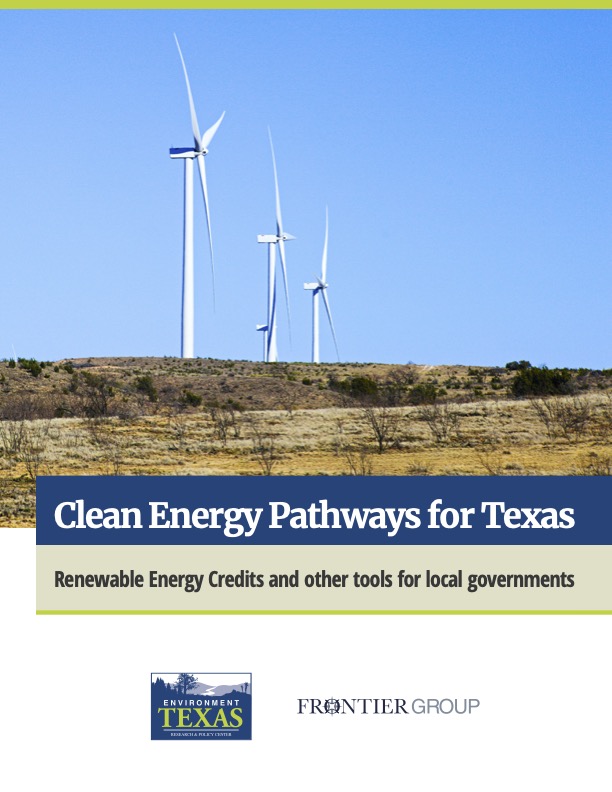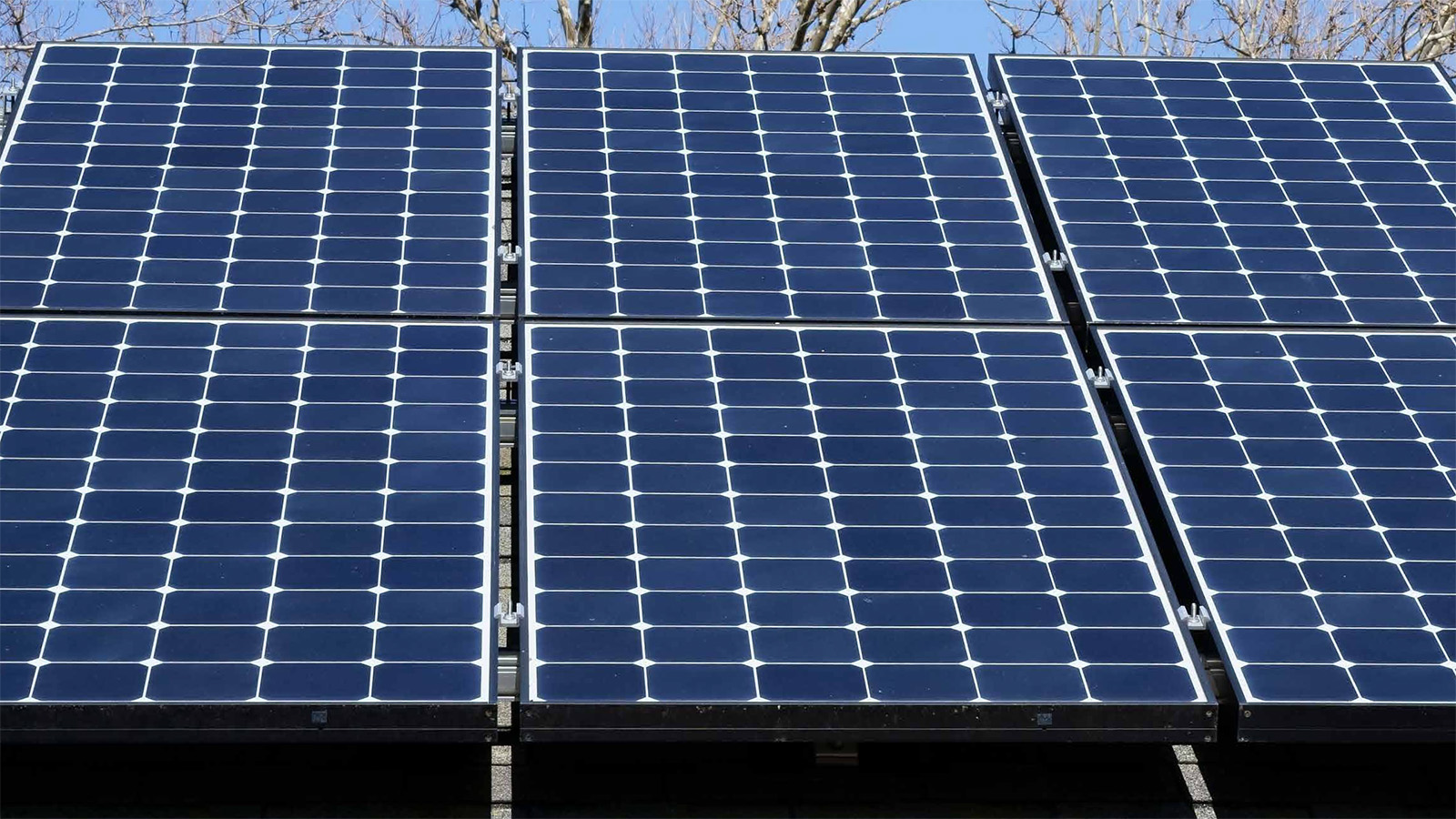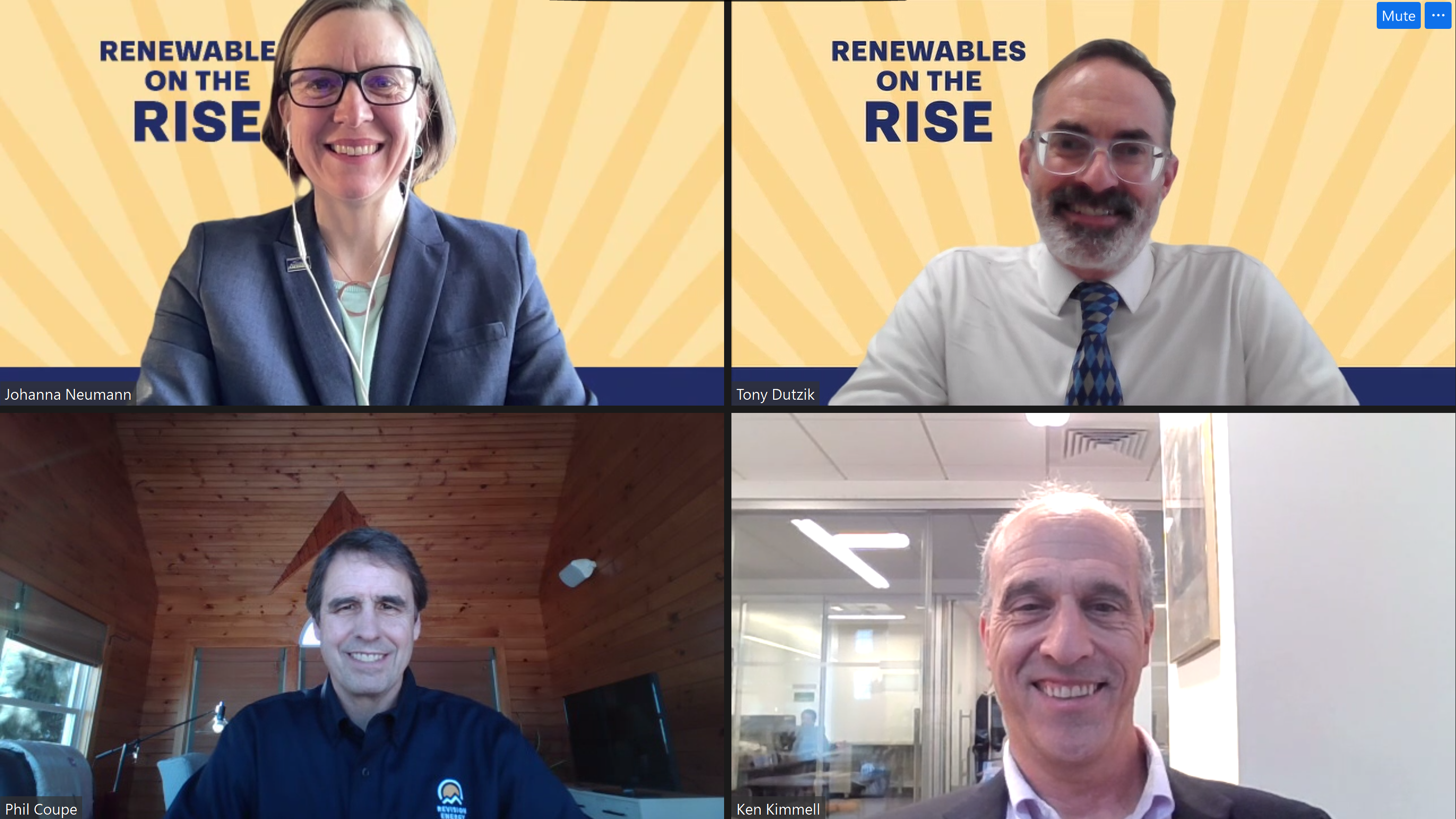
Clean Energy Pathways

Downloads
Many local governments in Texas are working hard to protect the environment and fight climate change. For cities and counties, a big piece of that effort is using renewable energy, which brings reductions in carbon emissions and air pollution.
Renewable energy certificates (also called renewable energy credits, or RECs) are a key tool that cities, counties, businesses and institutions have used to meet their commitments to adopt renewable energy. Renewable energy credits are uniquely identified financial instruments associated with the generation of renewable energy, which can be bought and sold separately from that energy itself and are used to prove the purchase of renewable energy.
Using RECs to subsidize and drive renewable energy development has helped make renewable energy more affordable and economical – helping to accelerate the rapid adoption of clean energy technologies. Texas, for example, increased its wind and solar generation more than any other state between 2001 and 2020 and, in 2020, was the nation’s top producer of electricity from the wind and the sun.
But making wind and solar power cheaper, while important, is no longer the primary hurdle facing Texas’ transition to renewable energy. Overcoming transmission limits, interconnection delays and regulatory hurdles, and ensuring that clean energy can power Texas cities and counties at every hour of every day are among the key challenges standing in the way of the transition to 100% renewable energy.
Purchasing RECs is helpful, but cities and counties committed to achieving 100% renewable energy need to take additional action. Texas cities and counties seeking to meet their renewable energy commitments should explore tools like bulk power purchasing to bring that energy to their residents. And they should pursue a range of strategies – including investments in local sources of renewable energy and energy storage, in addition to buying RECs – to help lead Texas’ transition to renewable energy.
RECs have been a useful tool to promote the transition to renewable energy.
RECs arose in the late 1990s and early 2000s as a way for states to track compliance with renewable energy standards and to provide a mechanism the growing market for renewable energy could use. RECs have served as a useful tool for governments, utilities, companies and individuals to invest in renewable energy, as a signal of demand for renewable energy, and as a revenue source for renewable energy developers. In Texas, RECs are the tool used most often by retail electricity providers – and some municipal utilities – to deliver “100% renewable energy” electric plans.
From 2015 to 2020, national unbundled (i.e., sold separately from the electricity) REC prices were about $1 per megawatt-hour (MWh), rising to $6.60 per MWh in August 2021. In Texas, wind REC prices on the spot market were less than $1.00 per MWh from 2014-2020, and were around $3.50 per MWh in early March 2022. The revenue from selling those RECs goes back to the owner of the renewable energy facility, along with the revenue from sale of of the power itself and any tax credits or other incentives.
RECs have important limitations.
“100% renewable energy” plans sold to Texas electricity consumers often rely on the purchase of RECs on the open market. In this context, RECs have important limitations.
- RECs often support projects far from centers of energy demand, putting pressure on the transmission system and reducing the potential of renewable energy purchases to clean up local grids.
- Revenue from REC sales can be a small and uncertain piece of the total revenue for a project, limiting the ability of RECs to drive new renewable energy development (especially when compared to direct purchases of renewable energy).
- RECs are not currently designed to support other key technologies needed for the transition to 100% renewable energy, including energy efficiency and energy storage technologies or programs.
Texas cities and counties with renewable energy goals should adopt plans that support the broad range of technologies and actions needed to move Texas and the nation toward a 100% renewable
energy system. REC purchases on open markets can be an important piece of local governments’ efforts to reduce emissions and increase sustainability, but they are unlikely to be sufficient in and of
themselves.
Among the tools Texas localities should consider are:
- Using power purchase agreements (PPAs) to provide consistent, predictable support for new renewable energy development;
- Prioritizing location-specific, local renewable energy projects; and
- Creating programs to support energy efficiency and energy storage.
Governments can implement those tools through a variety of mechanisms, including municipal or county purchases of clean energy, clean energy procurement by municipal utilities, or bulk purchasing programs
through which cities or counties negotiate clean, cost-competitive renewable energy plans that they can make available to their residents
Topics
Find Out More


Recording of Rooftop Solar on the Rise webinar

Rooftop solar on the rise


